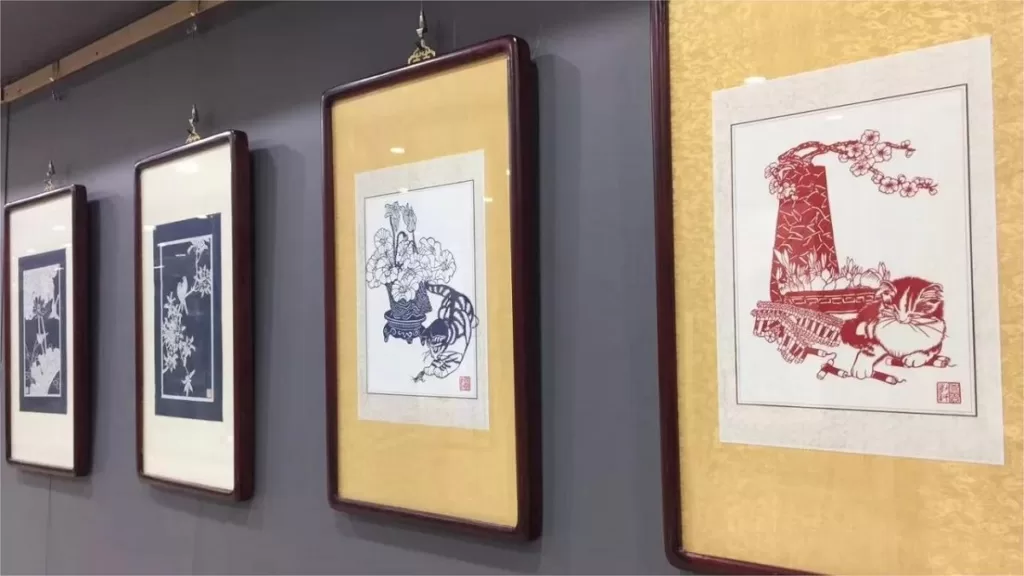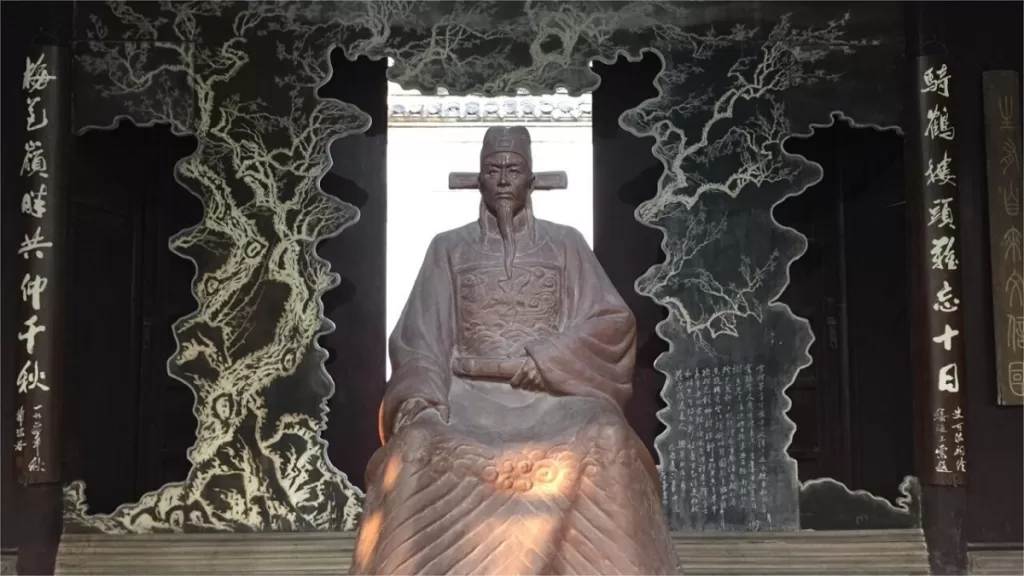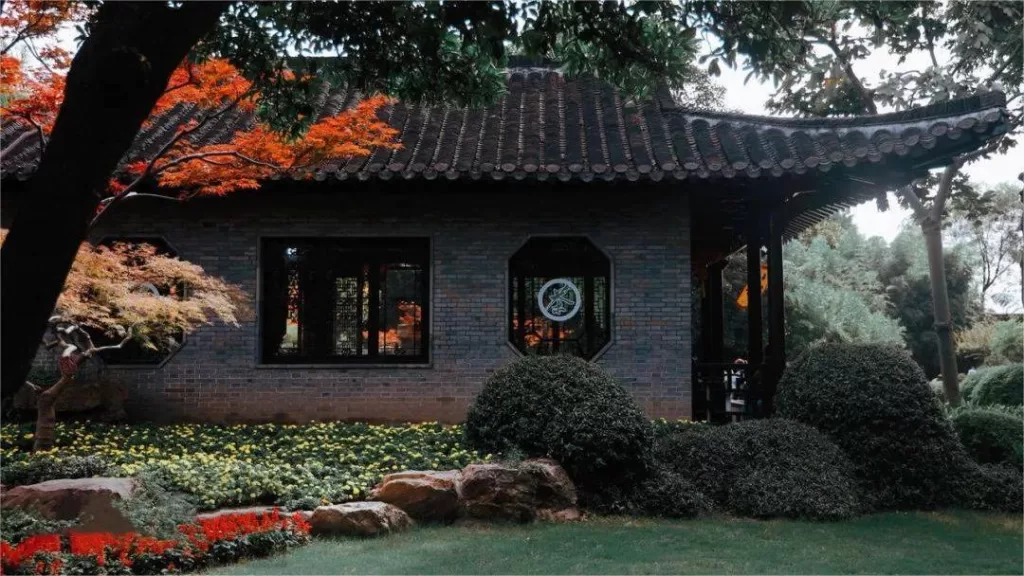Dongquanmen Historical Street, Yangzhou - Ticketpreis, Öffnungszeiten, Transport und Highlights


Dongquanmen Historical Street (东圈门历史街区), also known as Dongquan Gate Historical Street, in Yangzhou, Jiangsu Province, is a place rich in history and culture, comprised of three main streets: Dongquanmen Street, Sanzhu’an Street, and Diguan Street. It is located in the eastern part of Yangzhou, with historical landmarks and old buildings that tell the story of the city’s past. This historical street is a treasure trove of stories and architectural wonders that have been preserved for generations.
Inhaltsübersicht
- Grundlegende Informationen
- Standort und Transport
- Highlights of Dongquanmen Historical Street
- Vlog about Dongquanmen HIstorical Street
- Attractions near Dongquanmen Historical Street
Grundlegende Informationen
| Geschätzte Dauer der Tour | 1 Stunde |
| Ticketpreis | Kostenlos |
| Die Öffnungszeiten | 24 Stunden am Tag |
| Telefon Nummer | 0086-0514-87330260 |
Standort und Transport
Dongquanmen Historical Street extends from the ancient Fancili Temple site in the east to the remnants of the Yanyun Si Yashu (Salt Transport Commissioner’s Office) on Guoqing Road in the west. To the south, it borders the bustling commercial street of Wenchang East Road, and to the north, it is flanked by a collection of old houses from the Qing Dynasty and the Republican era.
To get there, tourists can take bus 27, 30, 56, 128, Tourist Line 1, or Tourist Line 3, get off at Shigongci Stop (史公祠, Shigong Shrine), and walk about 300 meters to the south.
Highlights of Dongquanmen Historical Street
Shuangzhong Ci (Shrine of Dual Loyalists)
One of the notable attractions on this historical street is the Shuangzhong Ci, or the “Shrine of the Dual Loyalists.” This shrine is dedicated to two heroic figures from the Southern Song Dynasty, Li Tingzhi (李庭芝) and Jiang Cai (姜才), who valiantly resisted the invading forces of the Yuan Dynasty. These brave men, unable to bear the idea of surrender, chose to fight to the death and were eventually captured and martyred. They were buried together on Meihua Hill, and the Shuangzhong Ci was erected in their honor. Although the original shrine was destroyed during the Xianfeng era in Qing Dynasty, it was rebuilt in its current location within the Dongquanmen Historical Street in the 13th year of the Tongzhi era by the descendants of Li Tingzhi.
Wangshi Xiaoyuan (Wang Family’s Small Garden)
Another highlight of the historical street is the Wangshi Xiaoyuan, or the “Wang Family’s Small Garden.” This garden is a masterpiece of traditional Chinese architecture and landscaping. It consists of three main buildings running horizontally and three courtyards running vertically, all surrounded by beautifully landscaped gardens. The garden is replete with poetic names such as “Xiaoyuan Chunshen” (Spring Deep in the Small Garden), “Yingxi” (Welcoming the Sunrise), and “Ke Qichi” (A Place for Nesting). The compound includes structures like the Boat Hall, Flower Hall, Study, Elegant Abode, artificial hills, fish ponds, flowers, and trees. The decor features finely carved wooden screens and lattice windows, as well as exquisite water-milled brickwork. “Chunhui Tang” (Hall of Spring Radiance) in the eastern section of the garden is particularly impressive, adorned with intricately carved screens and inset with six large marble landscape paintings. The entire garden exudes an aura of luxury and elegance.
Other Historic Buildings
In addition to these prominent sites, Dongquanmen Historical Street is also home to other historic buildings of significance. These include the former residence of Liu Wenqi, a renowned scholar of Confucianism during the Qing Jiaqing and Daoguang eras, known as “Qingxi Jiufu” (Green Stream Old House). There’s also the residence of revolutionary martyr Jiang Shangqing, the former residence of Xiong Chengji, a hero of the 1911 Xinhai Revolution, and the site of the “Cunji Yaokeju” (Cunji Pharmacy), where the famous Qing Dynasty medical practitioner Wu Shangxian once practiced.
Vlog about Dongquanmen HIstorical Street
Attractions near Dongquanmen Historical Street

Dongguan Gudu

Ge Garten

Chinesisches Papierschneidemuseum

Ehemalige Residenz von Zhu Ziqing

Dongguan-Straße

Shi Kefa Gedenkhalle

Pishi-Straße

Herrenhaus Wu Daotai

Grabmal von Puhaddin

Huajuli Commercial Street
Historische Stätten in Jiangsu, Yangzhou Attraktionen